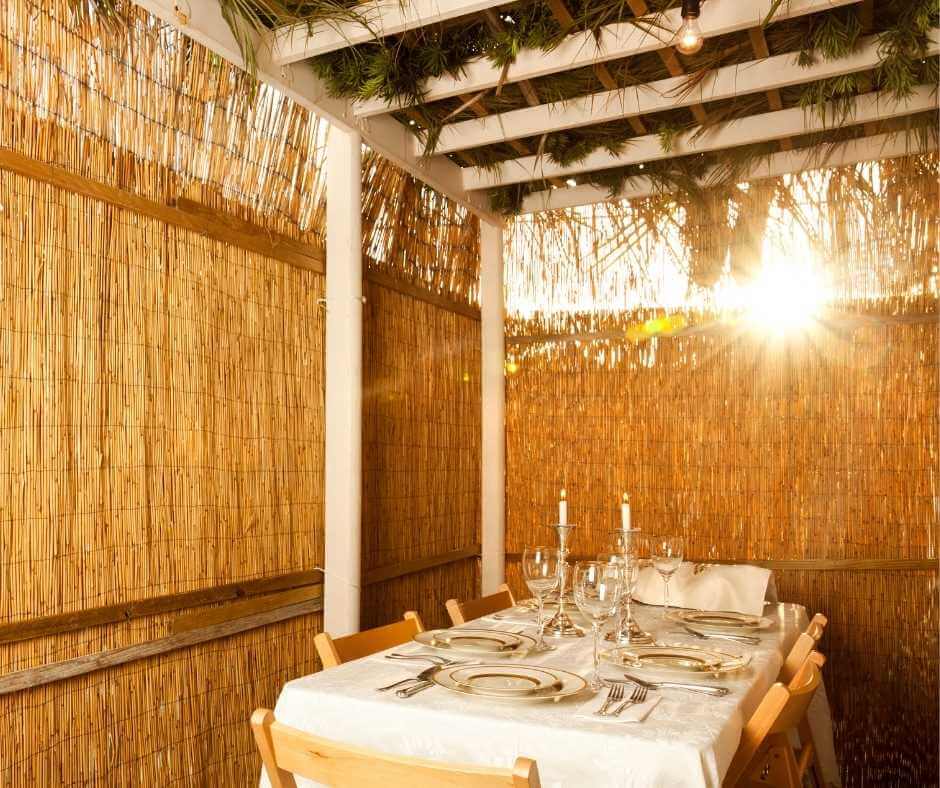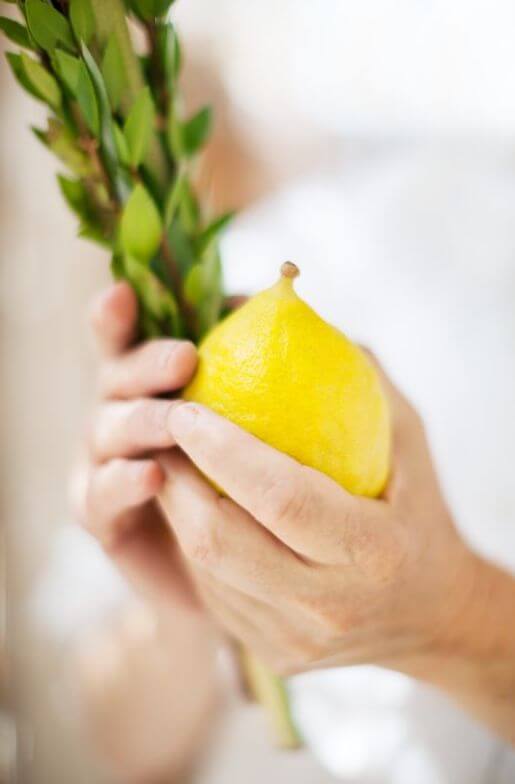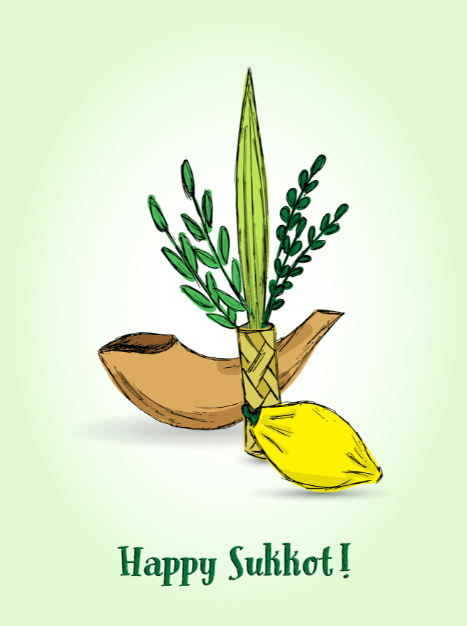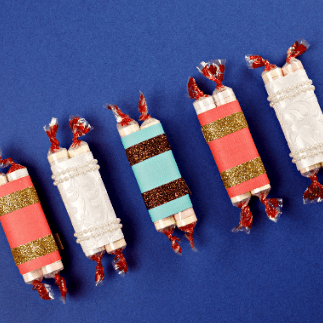During Rosh Hashanah, we meditated on our dreams, ambitions, and goals for the New Year. On Yom Kippur, we contemplated our imperfections, and we atoned for the ways in which we mistreated others. Between the two holidays, we ascertained what we wish to achieve, and we prayed on how we can aspire to be the best versions of ourselves. We were constantly looking inward and outward, reflecting and dreaming. Now, it is nearly time for Sukkot. Now the plans for both our inner selves and outer lives are ripening. Now it is time to execute on those plans.

And how do we begin executing those plans? Well, certainly not by going about life as usual. We build a Sukkah, a specially designed hut-like structure in which we live for the duration of the holiday, seven days in Israel and eight days in diaspora. If you have never been in a Sukkah, I would strongly recommend visiting the ones at Olami Denver. It really is a magical experience to have a meal beneath the stars while contemplating the changing seasons.
In addition to building the Sukkah, we seek out four species (called the “Daled Minim”) that are traditionally shaken during the holiday. These include the lulav (a branch of the date palm tree), three Hadass branches (of the myrtle tree), and two Aravah branches (of the willow tree), all of which are tied together in a bundle. We hold this bundle with an etrog, an unusual citrus fruit that looks like an overgrown lemon. Finding all four of these elements sounds like a mystical quest, except far more expensive and most often all in the same store. So here we are, with a bundle of branches and a giant lemon sitting inside of a hut. And what are we left to contemplate? Well, contradiction, of course. It wouldn’t be a Jewish festival without some serious contemplation of contradiction.

Let us begin with the Daled Minim, the four species I described above. All four scrutinized with extreme care (often with a magnifying glass) to ensure they are kosher. No blemishes or imperfections will do. Absolute perfection is the minimum standard for the daled minim. Anything less and they go directly into the trash.
For the sukkah itself, however, we apply a far more lenient standard. The contradiction is jarring. You can build the sukkah with whatever implements you have handy in the home, irrespective of their condition. Wood? Sure. Fiberglass? Fine. Canvas? Great. It is meant to be made with three walls and one side open, but if you don’t quite have enough material or the right space for three full walls, no problem! Just build two walls and set up a small plank to represent the third wall and we’ll call it kosher.
Absolute, scientific scrutiny for the daled minim but a casual laissez-faire attitude for the sukkah. Why? How can that be? A return to the inward/outward juxtaposition we experienced during Rosh Hashanah (our outward dreams) and Yom Kippur (our inward reflection) is instructive here.

So how does this inward/outward juxtaposition we developed between Rosh Hashanah and Yom Kippur (called the Yamim Noraim, the Days of Awe) carry through into Sukkot? In short, think of our judgment of the Sukkah as our relationship with the outside world, and think of our judgment of the Daled Minim as our relationship with ourselves. There is a teaching that the Daled Minim are symbolic of our own bodies, with the Lulav representing the spine, the Etrog the heart, the myrtle the eyes, and the willow our lips, and thus when we look inward we need to bare ourselves before the same magnifying glass we would use for the Daled Minim. We must expect the absolute best from ourselves. We must not be unduly harsh or cruel when judging ourselves, but we must be assertive and honest. We must not tolerate from ourselves half-baked excuses for leaving a friend in the lurch or refusing to assist a neighbor. We must not allow ourselves to say “Well, I could have been nicer, but… I was tired/busy/preoccupied with other things.” No. Instead, we must say “I could have been nicer” and next time we demand that we rise to the best version of ourselves.
The Sukkah, however, stands for the patience with which we must judge others. Too often, when we become the recipients of negativity, it is our nature to pass immediate judgment. “He was mean to me, therefore he is a mean person.” “She did not make time for me, therefore she doesn’t care about people.” We judge based on one interaction, and refuse to consider all that lies beneath the surface. We forgive ourselves for being curt or thoughtless all too quickly, but our judgment upon others is immutable. This is no way to live. We must judge others the way we judge the sukkah: With patience, with deference, and with optimism.
So there lies the paradox of Sukkot the internal and the external, the Daled Minim and the Sukkah. May we hold ourselves to higher standards and may we grow in patience toward those around us. Whether the sibling, friend, colleague, or stranger, let us always choose kindness to those who cross our paths, and may the year 5783 bring only good.
Chag Sameach!



